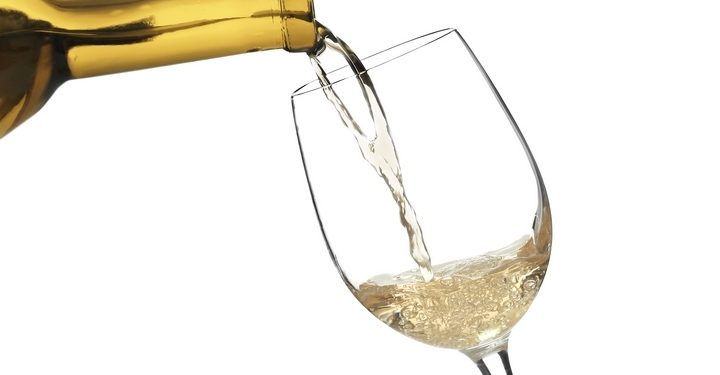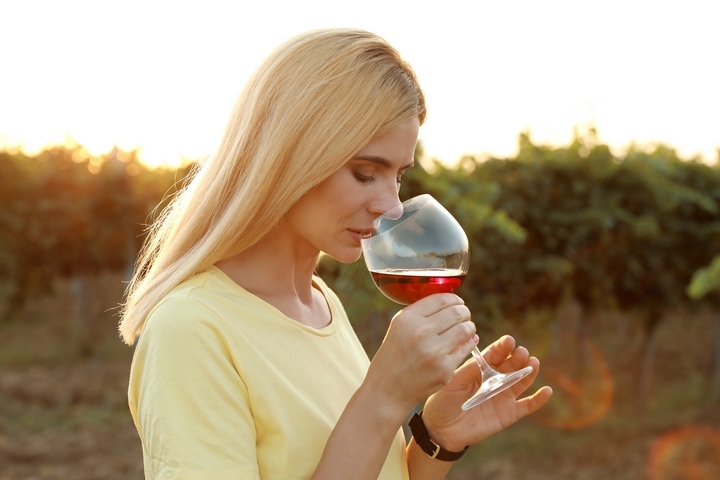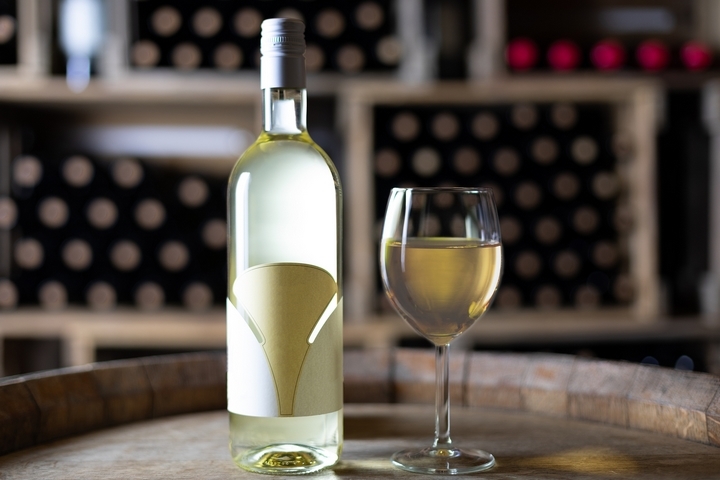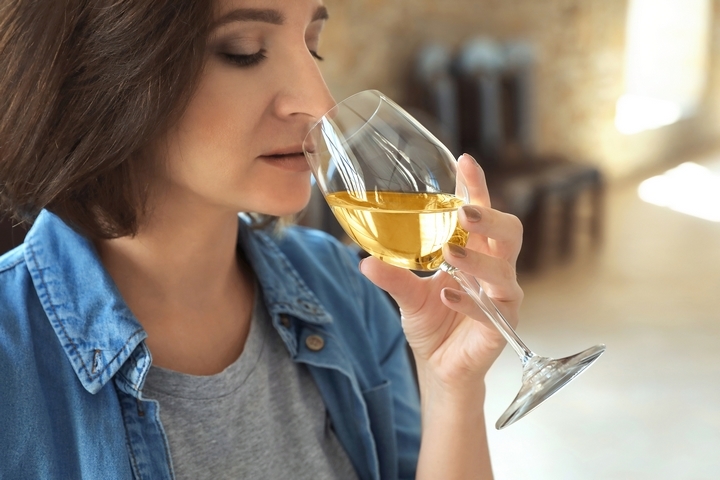10 Characteristics of the Best Tasting White Wine

Every white wine drinker has a unique taste, but when it comes down to it, the best wines come down to preference. If you’re going to be making the ever-elusive attempt at finding the best white wine, you should have an understanding about the 10 characteristics of the best tasting white wine:
1. Characteristics of wine

One thing you need to know about wine is that there are five basic characteristics which can be used to define it: acidity, alcohol, body, sweetness, and tannin. Over time, your tastes will become more refined, allowing you to buy the best tasting white wines with the most sophisticated combinations of the following characteristics.
2. Acidity

Typically, lighter bodied wines are acidic, and almost sting the tongue. Less acidity is more rich and doesn’t give that tingling sensation.
3. Acidity in white wine

The best tasting white wines tend to be more acidic than reds, and acidity is enhanced or diminished based on other characteristics like sweetness or tannins. Your best high-acidity whites are going to be Chenin Blanc and Riesling, while a great low-acidity white wine is Chardonnay.
4. Alcohol

Although alcohol is closely related to body, it is an independent characteristic because of the other effects it has on the wine. In tasting, alcohol content creates a warming feeling at the back of our throats.
5. Alcohol in white wine

Red wines are likely to have more alcohol by volume than white wines, but that doesn’t mean they don’t exist. Higher alcohol white wines will taste bolder – among the best ones you will find Australian and Californian Chardonnay. For low alcohol white wines, check out a Moscato or Riesling.
6. Body

Although the body of a wine changes based on everything from how it was made to what grape variety was used, it is the alcohol that is the most significant deciding factor. A wine can be light-, medium-, or full-bodied, and you’ll be able to decipher which category a wine falls under based on how thick or heavy the liquid feels on your tongue.
If you’re focused on body, your best bet for a full-bodied white is Chardonnay – the alcohol content should be between 13.5% and 14.5%. If you’re looking for a more medium-bodied white, the best ones to target are Pinot Grigio or Sauvignon Blanc. For alcohol content, this will land between 12.5% and 13.5%. White wines around 12.5% alcohol are usually light bodied. The best light-bodied whites to test out are Vinho Verde and Riesling. They are crisp, light, and refreshing.
7. Sweetness

In wine terms, the opposite of sweet is dry, not sour as we often think it is. Sweetness comes from a variety of factors, including when the grapes are harvested and fermentation time.
8. Sweetness in white wine

White wine can land anywhere on the spectrum from very sweet to bone dry. On the very sweet end you’ll find White Port. On the bone-dry end you’ll Italian Pinot Grigio and Chablis.
9. Tannin

Tannin is the presence of phenolic compounds in the wine. These compounds are found in the skins, seeds, and stems of the grapes. Tannins are bitter and cause the mouth to react physically by drying and puckering.
10. Tannins and white wine

Tannins are most commonly associated with red wines, and it’s true that as a general rule red wines have higher levels of tannin because the juice is soaked in the grape skins, which is where tannins are found. All wine has tannins, however if you’re looking for lower levels of tannins, shoot for pretty much any white, but the lowest levels of tannin are found in unoaked Pinot Grigio, Riesling, and Sauvignon Blanc.


